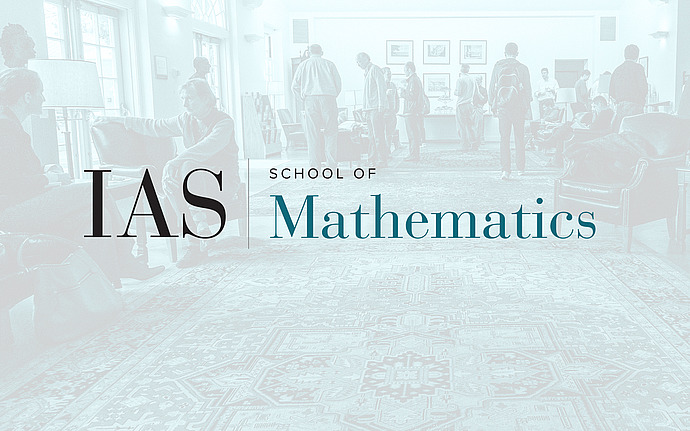
Members’ Seminar
Discrete Analogues in Harmonic Analysis
Discrete problems have a habit of being beautiful but difficult. This can be true even of discrete problems whose continuous analogues are easy. For example: computing the surface area of a sphere of radius N^{1/2} in k-dimensional Euclidean space (easy). Counting the number of representations of an integer N as a sum of k squares (hard). In this talk we'll survey a menagerie of discrete analogues of operators arising in harmonic analysis, including singular integral operators (such as the Hilbert transform), maximal functions, and fractional integral operators. In certain cases we can learn everything we want to know about the discrete operator immediately, from its continuous analogue. In other cases the discrete operator requires a completely new approach. We'll see what makes a discrete operator easy/hard to treat, and outline some of the methods that are breaking new ground, key aspects of which come from number theory. In particular, we will highlight the roles played by theta functions, exponential sums, Waring's problem, and the circle method of Hardy and Littlewood. No previous knowledge of singular integral operators or the circle method will be assumed.